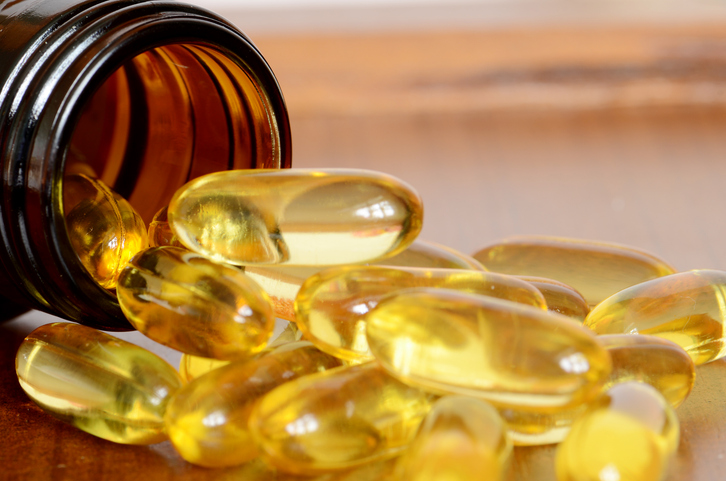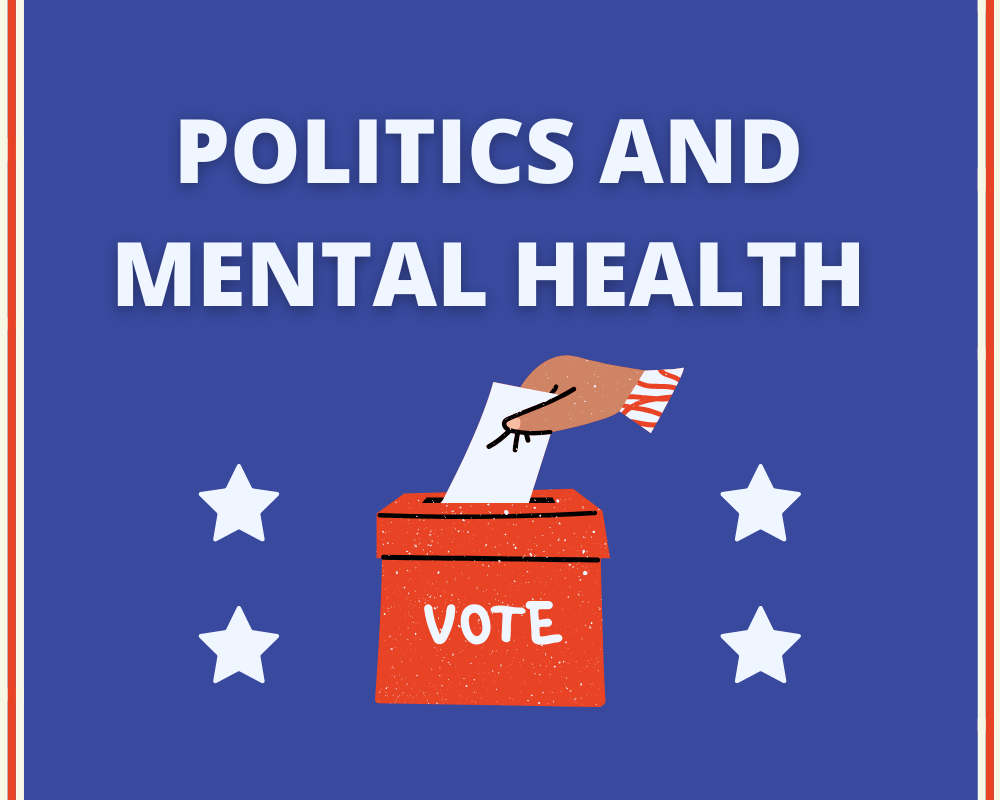As frigid temperatures set in, you’re probably ready to break out your floor-length parka and fluffy scarves to keep warm — or ready to just stay inside and avoid the winter weather altogether.
But bundling up in layers and spending less time outdoors can limit your exposure to the sun, leading to lower levels of vitamin D, which is produced when your skin absorbs UV rays from the sun.
Around 40 percent of the US has a vitamin D deficiency, and it’s especially prevalent in northern regions, where the winter months are the most brutal.
So, here’s how to make sure you’re getting enough vitamin D this winter.
Why Is Vitamin D Important?

Vitamin D helps the body absorb calcium, which is necessary for bone health. Vitamin D is also vital for nerve function and maintaining a healthy immune system.
So how can you tell if you’re getting enough vitamin D? Unfortunately, many people don’t experience noticeable symptoms, which can make it hard to recognize.
“You probably won’t feel it if you’re low in vitamin D,” says Andrea N. Giancoli, MPH, RD. “The best thing to do is have your blood checked regularly to see if you’re in the healthy range.”
That’s important, because vitamin D deficiency can negatively impact your health; it’s been linked to seasonal affective disorder (SAD), and research suggests it may also be associated with chronic illnesses, including cardiovascular disease.
And vitamin D deficiency has been linked to increased mortality — though researchers are still working to establish a causal relationship between the two.
Extremely low levels of vitamin D can affect bone density as well. “Vitamin D helps the body absorb calcium, and works together with calcium to keep our bones strong and healthy,” says Rachel Daniels, MS, RD, registered dietitian at Virtual Health Partners. “Severe vitamin D deficiency can lead to soft bones and reduced bone density. This can increase your risk for pain, weakness, and injuries.”
How Do We Get Vitamin D?
There are three ways to get vitamin D: the sun, food, and supplements.
1. Sunlight

Sun exposure is the easiest way to get vitamin D, but how much time in the sun do you need in order to synthesize enough vitamin D? The ideal range can be anywhere from five to 30 minutes, depending on a number of factors:
- Time of day (midday sun is strongest)
- Season
- Location
- Altitude
- Age
- The pigmentation of your skin (darker skin needs more time in the sun to produce adequate vitamin D)
There’s one catch: Sunscreen blocks the absorption of UV rays, which can affect vitamin D production.
“UVB rays need to hit your skin in order for you to synthesize vitamin D,” Giancoli says. “If you’re constantly wearing sunscreen, you’re blocking the absorption of UVB rays — and, therefore, the potential for vitamin D synthesis.”
Of course, you know how important it is to wear sunscreen every day — even in the winter — because exposure to the sun’s UV rays raises your risk for skin cancer. So how do you strike a balance between getting enough sun to synthesize vitamin D, without damaging your skin?
“You want to get enough sun to synthesize vitamin D, but not so much that you’re raising your risk of sunburn or skin cancer,” Giancoli says. Her rule of thumb: Make sure you apply sunscreen before you notice any change in your skin color, whether it’s a tan or a burn.
2. Food

Though sun exposure is the best and most efficient way for your body to get vitamin D, you can also get vitamin D from certain foods. The following foods are considered excellent sources:
Vitamin D doesn’t occur naturally in many foods, which is why you may have noticed that milk, yogurt, orange juice, and cereals are often fortified with it.
3. Supplements

While a balanced diet can help you add more vitamin D to your diet, Daniels says, “you may not reach the Recommended Dietary Allowance of 600 international units (IU) per day this time of year without supplementation.”
If you’re not getting a lot of sunlight this time of year, you may want to consider taking vitamin D supplements — but talk to a doctor before you do.
“More is not always better when it comes to supplementation,” Daniels says. Your doctor can check your current vitamin D status with a blood test and recommend the appropriate supplement and dosage.
Can Light Therapy Increase Vitamin D Levels?
Light therapy is a common treatment for seasonal affective disorder. However, most light therapy boxes (sometimes called “happy lights”) are designed to help you limit UV exposure in order to prevent skin damage — and that means they won’t increase vitamin D levels. However, one study found that the UV rays from an artificial sun lamp — like the type used in tanning beds — could help improve vitamin D status.
Still, the best and most efficient way to increase your vitamin D levels is through exposure to natural sunlight. So while fortified foods, fatty fish, and artificial sun lamps may help, your best bet is to brave the cold for a few minutes each day and soak up some rays. And on those dreary days when the sun is nowhere to be seen, look into taking a supplement.


